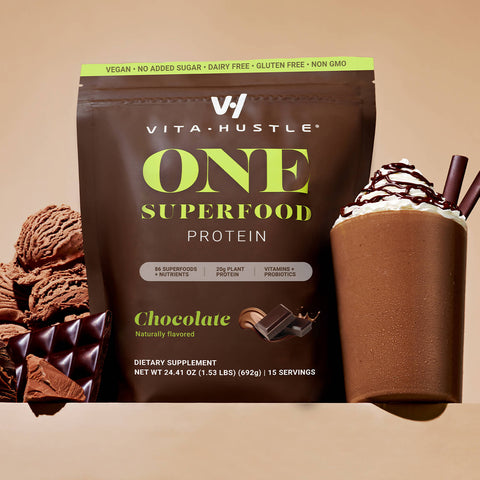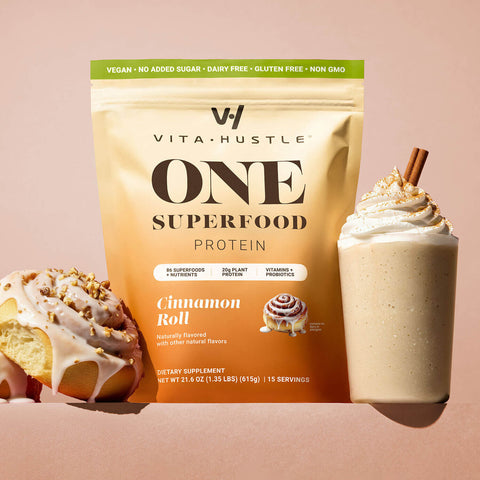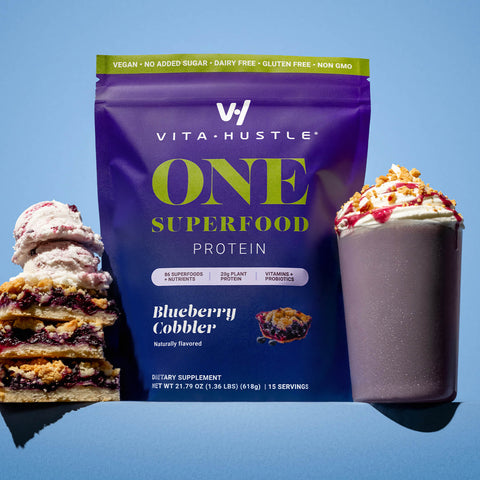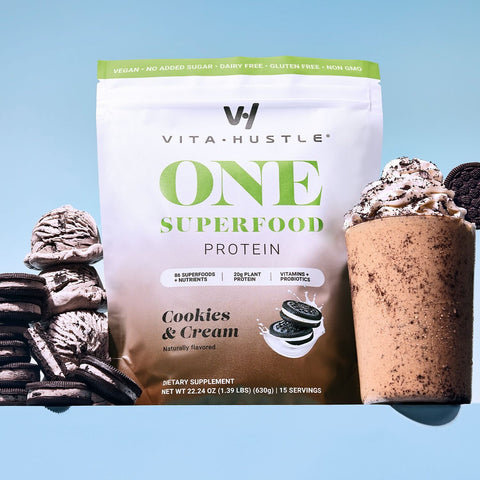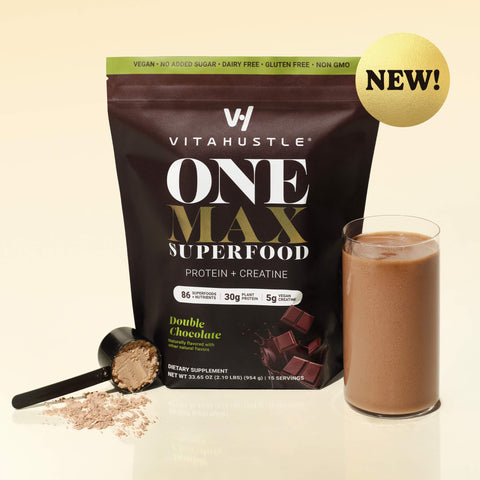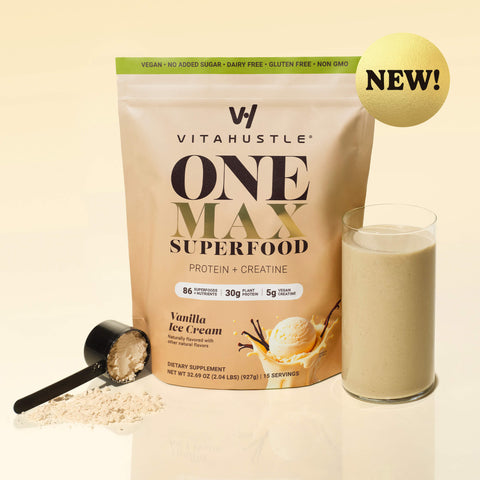Summer is coming. You know it, too.
It’s only March, but you can feel it. The snow is melting, and the temperatures are on the rise, and pretty soon, shirtless season will be here. And yes, that has plenty of people thinking about ab training.
Thing is, that doesn’t mean doing thousands of sit-ups and crunches. Truth is, that won’t get you the washboard core you want. Yes, a few decades ago, those old-school ab moves were the standard, but in 2021, there are far more efficient ways to build the core you’ve always wanted. Start your quest for a stronger core with these four rules.
1. Train Multi-joint Exercises
Yes, your abs work during sit-ups and crunches. But the thing is, your abs (and all your core muscles) do more than simply flex your spine, as they do in sit-ups. They also brace your entire spine during major exercises, and during every single moment of those exercises. They essentially organize your torso to lift heavy weights.
You can’t train your abs to do that, though, unless you do lift those heavy weights and do major exercises, such as squats, deadlifts, and barbell rows. It’s your core that holds your torso in position to do these right, helping you keep a tall spine when you do squats, and protecting your lower back from injury during deadlifts and barbell rows.
At least twice a week, make a point to include these critical multi-joint exercises. A bonus: in addition to training your abs, these heavy-weight exercises also burn serious calories.
2. Embrace Bodyweight
Lifting weights is great, but something different happens when you train with only bodyweight. Train with bodyweight, and your abs have no choice but to be involved in the movement. Take a bench press. Sure, you’re supposed to tighten your abs when you bench (and if you want to put up major weight, your core must be involved), but, especially for beginners, it’s very easy to simply lie on the bench, ab muscles relaxed.
That’s not the case in the bodyweight equivalent of the bench press, the pushup. To do a pushup, abs, glutes, and lower back muscles must all brace, tightening your midsection to prevent it from sagging down (most likely a mistake you’ve seen many people make).
The same is true on other bodyweight exercises, such as inverted rows and pull-ups. In each, your core muscles will learn to fire simply to hold your torso in proper position. No matter the workout, aim to include at least one bodyweight exercise, whether that’s a bodyweight squat or lunge, a pushup, a pull-up, or a plank walkout. Your core will thank you.
3. Mind Your Ribcage
One of the more underrated functions of your abs is this: They help to pull your ribcage tight to your torso. Very often, on exercises such as biceps curls or even bench presses and lat pull downs, you’ll let your ribcage expand, maybe even arch your back slightly. Doing so, however, turns off your abs.
Your abs are meant to drive your ribcage closed and prevent you from arching your back, keeping your spine in a safe, neutral position. Remember that when you do every exercise in the gym, whether it’s a dumbbell row or a deadlift. As you lift the weight, the most challenging part of the lift, exhale and think of tightening your ribcage to your body. Your abs govern this, and they’ll get a mini workout from every angle during your training.
4. Take it Slow!
Yes, it’s fun to see how many sit-ups, crunches, or V-ups, you can do in a minute. Want a better workout? Stop chasing reps and chase the squeeze.
One key role of your core musculature is bracing and helping you hold a position. Your abs, along with your lower back muscles and oblique muscles, can help you rotate your torso in one direction and hold that position. They can also work together to help you maintain the bent-over row position we discussed earlier. And they can help you hold the top of a sit-up or crunch, too.
But when you rush through classic ab exercises, you miss that chance for them to hold your core in place. To grab that benefit, you’ll need to slow down your core exercises.
Take the plank shoulder-tap for example, an exercise that has you in pushup position, then asks you to lift one hand from the ground and touch your opposite shoulder. Most people rush through the move, piling up reps. Your plan: Set up in pushup position, lift your right hand and touch your left shoulder — and hold that position for two seconds.
The two-count will force your core to turn on and own the position, and it’ll reveal to you where your core might be weak if your hips start shifting from side to side.
This can work for any and all ab exercises: Always move more slowly than you want to and watch your abs reap the benefits.










